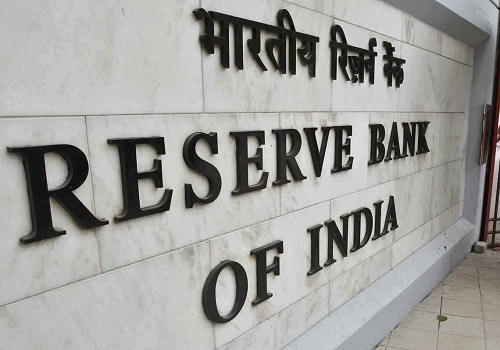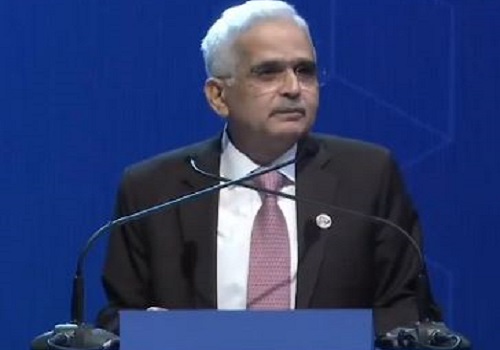India global bond index inclusion By Emkay Global Financial Services

Follow us Now on Telegram ! Get daily 10 - 12 important updates on Business, Finance and Investment. Join our Telegram Channel
The much-anticipated inclusion of India in JP Morgan GBI-EM index will be effective from 28th Juní24, accounting for post-announcement operational lags. Indiaís weight of 10% will be staggered over 10 months, leading to passive inflows of USD22bn (USD26bn accounting for addition in other smaller indices). The actual flows though may be higher, contingent on market dynamics and active flows. Structurally, this will lower Indiaís risk premia/cost of funding, enhance the liquidity and ownership base of G-Secs and help India finance its fiscal and CAD. This does not immediately pave way for inclusion in FTSE and Bloomberg indexes, which have more stringent conditions (FPI taxation/Euroclear). But it could have a demonstration effect in the medium term as the lower risk premia could trigger positive externalities. Near term, we expect bond yields and INR to reverse gains after the initial euphoria, tracking global markets. However, the trend will again reverse in favour of bonds by endMarí24, with 10-yr yield coming off well below 7%. For 2HFY24, we see USD-INR ranging 82.25-84.25, with tactical RBI intervention keeping it middle of EM Asia pack.
India finally enters the global bond index universe with JPM GBI-EM
After having been on the watch list for nearly two years, India will be finally included in the
JPMorgan GBI-EM index suits. However, operation lags like setting up the new FPI accounts
implies inclusion from 28th Juní24. India has entered the GBI Global Diversified bond index with
10% weight cap (maximum limit) and other smaller JPM EM indices, which will be achieved in
a staggered manner over 10-months period. This could prompt overall ~USD26bn of passive
inflows as a one-off stock adjustment over the scale-in period, while actual flows may be higher,
depending on market dynamics.
Structurally positive for fiscal and CAD financing Apart from the passive flows owing to the one-time stock adjustment, this move could lead to fresh active flows in the debt market, which remains underpenetrated on external financing. This will not only result in lower risk premia, but also help India to finance its fiscal and CAD as well as enhance the liquidity and ownership base of G-Secs. Beyond the near-term euphoria, this should structurally augur well for rates and FX markets, leading to lower cost of borrowings for the economy at large and more accountable fiscal policy-making. We see upside risk to our FY24E BoP surplus of USD10-12bn, but keep an eye on net flows, which may be influenced by factors other than bond inclusion (such as global risk appetite, external growth dynamics).
Bonds & INR to reverse some gains; 10-yr yield to be well below 7% by end-Marí24
The index inclusion rumors has helped India bonds to stay afloat, even as most of the EM universe has followed global bonds sell-off since Aprí23. Thus, as initial euphoria fades, the 10- year yield may reverse gains after having nearly reached our initial target of 7.05% by end Sep2023 ó tracking global yields and Brent prices. However, we think the trend will again reverse in favor of bonds by end-Marí24, with 10-yr yield coming off comfortably to sub-7%. Meanwhile, the INR has behaved relatively well, helped by the RBI, despite the widening trade deficit, higher Brent prices and FPI equity outflows. Near-term, the balance of risk is tilted to a mildly weaker INR. With our base case of bullish-to-neutral DXY ahead, we see USD-INR ranging 82.25-84.25 for 2HFY24, with tactical RBI intervention keeping INR in the middle of the EM Asia pack.
Investable universe via FAR for FPIs to increase over the years
The RBI introduced the Fully Accessible Route (FAR) in Marí20, allowing FPIs to invest in bonds without restrictions. About 35% of the outstanding G-Secs are FAR bonds (FAR outstanding: ~USD400bn/3% ownership from FPIs) and, incrementally, 75-80% of new issuances are FAR bonds (5Y, 10Y and 30Y). At present, 23 FAR bonds with a combined value of USD330bn are eligible for inclusion in the index. Given the index inclusion criteria (securities with residual maturity >2.5yrs and notional O/S above USD1.0bn are included), we estimate the investable universe for the index at ~USD490bn by end-FY25 (assuming ~USD40bn of FAR issuance during H2FY24 and ~USD120bn during FY25).
For More Emkay Global Financial Services Ltd Disclaimer http://www.emkayglobal.com/Uploads/disclaimer.pdf &
SEBI Registration number is INH000000354























